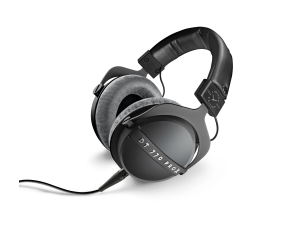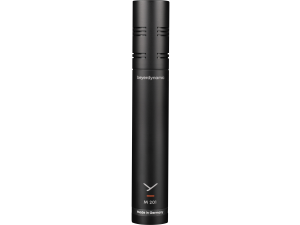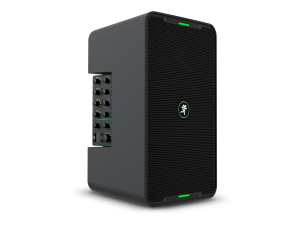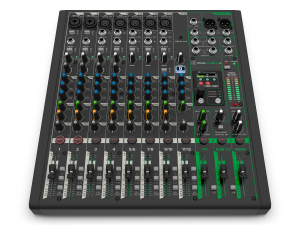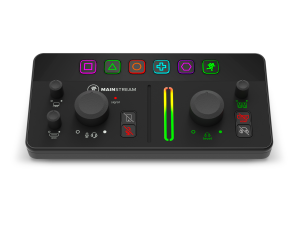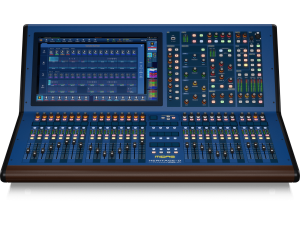BEYERDYNAMIC'S PRODUCTION
THROUGH THE YEARS
100 years of beyerdynamic – behind us lie eventful years in which we have grown and developed as a company. What we still hold on to today for many of our products, as we did then, is the Made in Germany seal of quality. Headphones and microphones continue to be made by hand at the company’s site in Heilbronn. But how has our production changed over the years? Today, we take you on a journey in time through our production – from our beginnings to the present day and on into our future.
REBUILDING AND BUILDING FRESH
After the factory of what was then Elektrotechnische Fabrik Eugen Beyer in Berlin was destroyed in 1945, Eugen Beyer moved to Heilbronn in 1948 and rebuilt his factory there. Initially, the company moved into an old officers’ mess in Heilbronn, which soon became too small for the strong product demand; and so, just a few years later, a new main factory was planned in Theresienstrasse in Heilbronn, as was a second factory in Höchstberg (Heilbronn district). In 1960, the time then came for the company to move within Heilbronn, which the company founder Eugen Beyer, who died unexpectedly early in 1959, unfortunately no longer lived to see in person. With the move to the new factory building, the production volume rose by 100 percent.
Even in the anniversary year of 2024, the fortunes of today’s beyerdynamic GmbH & Co. KG are still managed from this location and building.
At our current production facility, over 200 employees still make many of our products mostly by hand. But how has our production in Heilbronn changed over the course of our company’s history? See for yourself:
A LOOK BEHIND THE SCENES OF OUR PRODUCTION:
THE BEGINNINGS
In the 1960s, around 50% of the headphones and microphones manufactured with great precision at the Heilbronn site were exported abroad. Even back then, the idea of manufacturing as skilled craftsmanship was omnipresent: At that time, microphones and headphones were already manufactured according to the individual wishes and under the name of the respective customer.
The entire workforce (production and administration) comprised around 300 people back then. The production staff in particular needed a steady hand and good eyesight to be able to carry out the intricate work under the microscopes.
The most important product in the portfolio at this point in our history is the microphone. The dynamic studio microphones, including many with a “ribbon system” developed by us, are mainly used in radio and television.
Once the microphone parts had been precisely assembled, tested and checked on the assembly line, the microphones were put through their paces in the test chambers before they left our factory. At that time, up to 2,000 units were produced daily on the assembly line at beyerdynamic.
Great attention was also paid to our production process at the time: in the 1960s, our production was divided into a “white” and a “black” department. In the white department, mostly industrial microphones were intricately assembled by hand on assembly lines with a high degree of concentration, while modern machines were used in the “black” department for milling, drilling, turning and punching. This division was intended to separate the “clean” workplaces from those where employees might have tiny iron filings on their hands or clothing, for example, and would therefore severely disrupt work on magnetic parts. Strict separation was therefore ensured, since noise, dirt or soot would have been significant disruptive factors for production.

On what was referred to as the command bridge, the then plant manager Oskar Schüle had an overview of the work in both departments.
PRODUCTION EXPANSION
The premises in the company building in Heilbronn soon became too small and the company moved into an extension at the start of the 1980s.
In addition to headphone production, our microphone production also found new premises there, where, for example, our M series microphones were made by hand.
Intricate craftsmanship was still also in demand for the production of our headphones in the 1980s. Membrane production required a high degree of dexterity, as the process was sometimes so intricate that a microscope was indispensable for the task.
SOUNDPROOF ROOM
The extension in Theresienstrasse in Heilbronn also included the construction of an anechoic chamber, colloquially known as a soundproof room, which is still an integral part of our product developments over 40 years later. A special measuring room like this has many different requirements, since our development department need to be able to carry out various measurements on different products with the utmost precision. Optimum sound is what we strive for, and this sound can only be verified in a soundproof, anechoic environment.
The anechoic chamber measures approximately seven by seven metres, and also seven metres in height, making it one of the largest of its kind in our industry even still today. The construction of the room and its interior design reduce the actual usable area to around 25 square metres.
CHANGE
The 1980s can be described as a kind of “technical arms race” in the industry. New materials and substances such as composites, rare earth magnets and magnetisable stainless steels came onto the market, enabling us to develop new headphone systems, including the DT 770, DT 880 and DT 990 models.
The headphones underwent a diffuse field measurement that allowed a spatial impression to be reproduced during music playback. The high energy density of the rare earth magnets meant that the drivers could be made lighter and smaller.
These models also marked the first time that circumaural headphones were produced. Great attention was also paid to the materials for the headphone models, to make them as pleasant to wear as possible. This period also heralded a change for us, and headphones became increasingly important in our portfolio. In the following decades, more and more headphone models, microphones and, from the 1990s onwards, also conference systems were added to our portfolio.
CONFERENCE SYSTEMS
In the 1990s, beyerdynamic manufactured its first own conference technology systems and this business segment soon became an important pillar of the company’s turnover.
Our conference systems, which were part of our product portfolio until 2021 and were all manufactured in Germany with one exception (MCS 20), were used in well-known public and private institutions around the world, such as the Ministry of Foreign Affairs in Prague, the Sydney Opera House in Australia and the German Bundestag.
MANUFAKTUR
Since 2008, we have been offering customisation of our DT 880 Edition, DT 990 Edition and MMX 300 headphone models in our MANUFAKTUR (only available in selected countries). The models can be assembled according to the customer’s wishes and personalised with engravings or coloured headphone elements.
Assembling the individual parts of a MMX 300 MANUFAKTUR requires a large number of individual work steps in our production process. Production of the housing shell alone, complete with microphone, comprises more than ten individual steps. From the headband and the housing to the electronics, everything is assembled by hand: soldering, connecting, wiring and screwing. Incidentally, since 2019, the MMX 300 gaming headset has also been available with a motif printed on the ear cups.
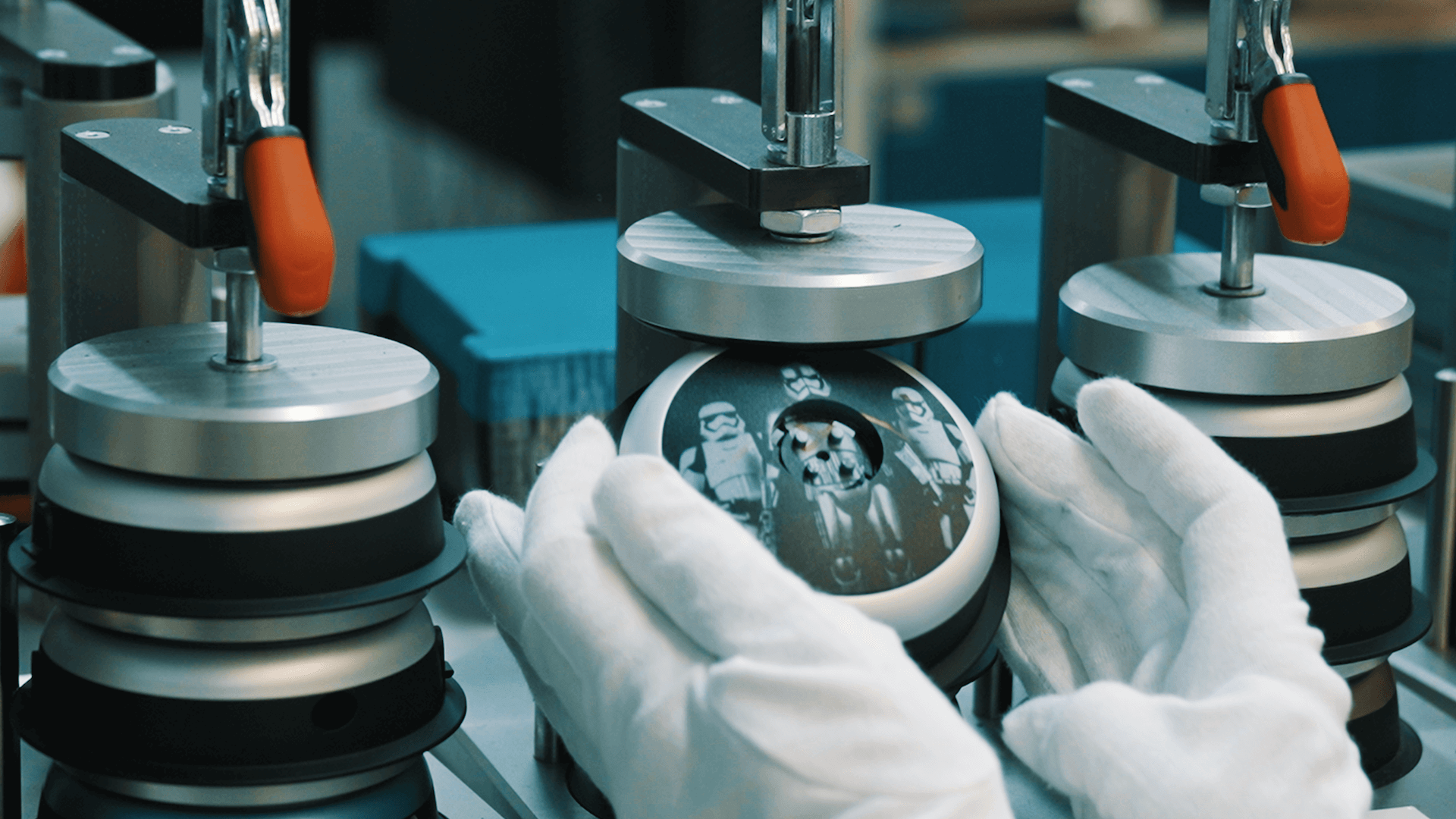
RIBBON MICROPHONES
We can say with pride that we are one of the few manufacturers worldwide – and the only German manufacturer – to still make ribbon microphones with precise craftsmanship. Our multiple award-winning M 160 ribbon microphone, which has already been part of the beyerdynamic product portfolio for 67 years, is an exception in production. Intricate craftsmanship teams up with precision components. The centrepiece of the ribbon microphone is, of course, the ribbon itself. Production of the microphones demands utmost precision and accuracy from our ribbon microphone production team. This accuracy is crucial for the vibration of the ribbons, which, after all, defines the sound of the microphone. Each microphone is a masterpiece thanks to outstanding precision “Made in Germany”.
Work processes have essentially remained unchanged in the past decades, as Gabriele Machnik, who has been working in production for 34 years, clearly confirms: “Materials have been replaced due to hazard protection regulations, and there have been minor variations for individual components such as the circuit boards, but the procedure has always been the same.”
OUR PRODUCTION TODAY
First introduced in 1887, the Made in Germany hallmark has become a globally recognised label for quality goods manufactured in Germany. Trust, innovation and quality are aspects associated with the Made in Germany label and have a significant impact on purchasing decisions. We still rely on this seal for many of our products today. Major steps in the production process, which ranges from development and the actual production to quality assurance, must take place in Germany for it to be possible to use the Made in Germany seal. 85% of the headphones and microphones we sell are still manufactured in Germany.
However, the success of “Made in Germany” can be largely attributed to competent, capable and committed employees at all levels. Our vision is to continuously improve the level of quality. We aim for the highest certified quality standards, which should also have a positive cultural impact on the company.
Our production processes are also subject to digital transformation and must be constantly optimised and further developed in order to remain competitive.
In the past, for example, the membrane coils were spun and aligned by hand; today, headphone membrane production is partially automated. The automation of certain work steps enables higher quality and a lower failure rate.
However, many of our products, such as our high-end XELENTO in-ear headphones, can still only be made with intricate craftsmanship. The production of a XELENTO requires even more accurate and precise work than for larger headphone models, as the components of the headphones are very small and sensitive.
INDUSTRY 4.0
Cooperative robots, cobots for short, were already integrated into our production processes several years ago. Cobots are particularly suitable for our purposes, since we are not aiming to fully automate our processes. Cobots do not replace people, but work together with them, which makes them ideal “partners” to support our employees in their daily work.
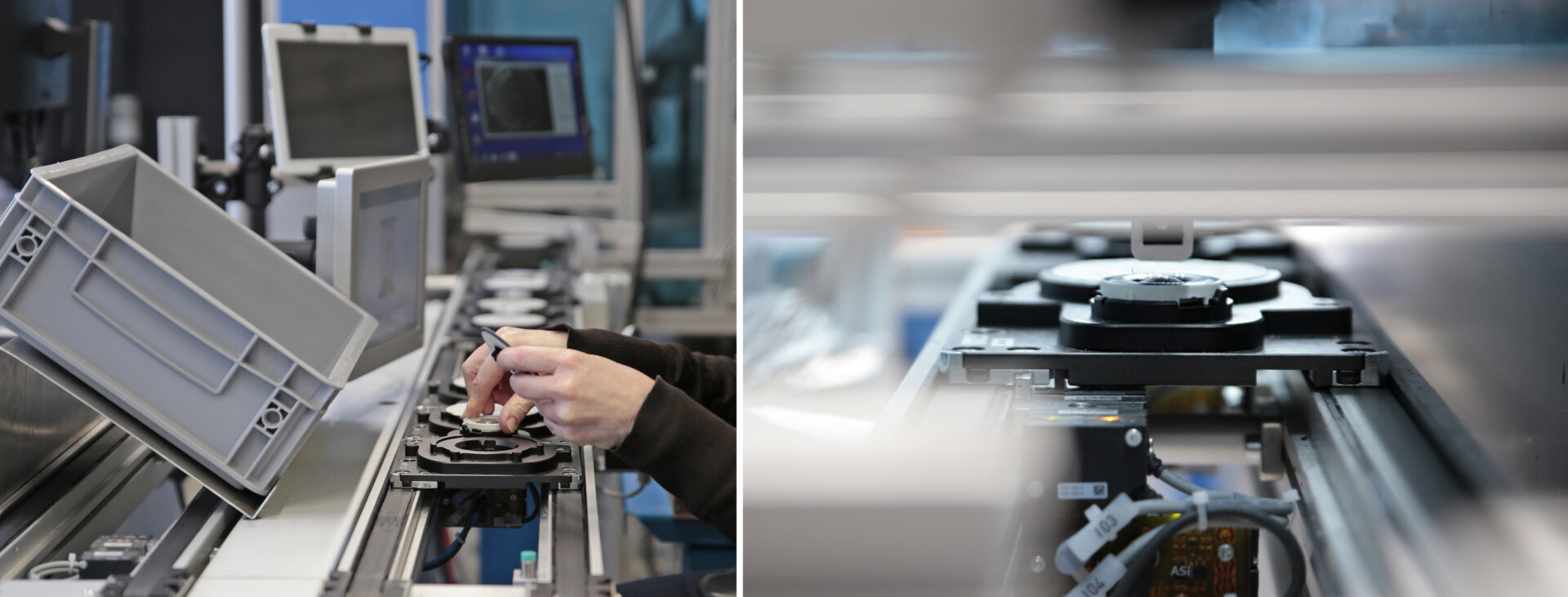
OUTLOOK
The relentless pursuit of top quality has characterised us since our company was founded, and will continue to do so in the future.
A large part of the processes takes place at our site in Heilbronn. This, coupled with a high proportion of local suppliers, makes it possible for us to guarantee the well-known beyerydnamic quality.
Our top priority is to continuously optimise ourselves and our processes in order to bring products onto the market that meet our high quality standards – and those of our customers.
"There’s nothing more difficult than handcrafting a product in a consistently high quality, and doing this for over 30 years in some cases.“
- Thorsten Bender, Director Production
